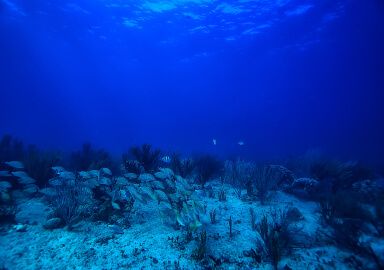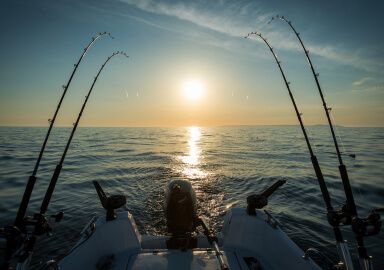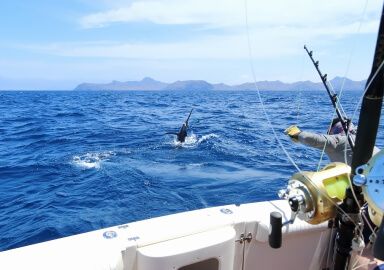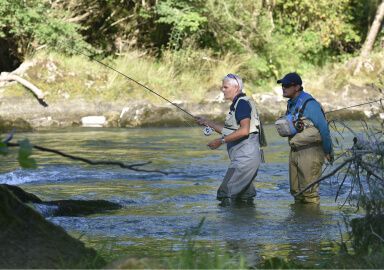Blackfin Snapper
The snapper that loves the deep: the blackfin snapper is a prized, but rare catch for recreational anglers along the western Atlantic shore.
View 2 listings
2
listings
–
price starting from
2
countries
Where and When?
Blackfin snappers are found offshore along much of the western Atlantic seaboard, from North Carolina and Bermuda southwards, erratically, past Florida, the Gulf of Mexico, the Caribbean Sea to reach Sao Paulo in Brazil. It is a fish of the deeper waters, as an adult preferring the range 60-90 m. (200-300 ft.) while juveniles are found in shallower areas in as little as 6-8 m. (20-60 ft.). Blackfin snappers like rocky or sandy areas near ledges, cliffs or other structures. In these areas the fish are almost always within a few metres of the bottom where they hunt their prey.
Spawning takes place higher in the water column and the eggs disperse in the ocean currents, but somehow small fish end up mostly near a shoreline in shallow water. No clear seasonal movement patterns are evident once the fish has matured. The species may be caught through the year and also day or night as, at the depths at which it lives and feeds, there is often very little light.
About Blackfin Snapper
The blackfin snapper (Lutjanus buccanella) is an important species for commercial fisheries. However, recreational catches, due to its preference for deep water, are limited. The appearance is typical for the Lutjanidae family of snappers. The body is elongate, robust, laterally compressed and “almond-shaped". The mouth is large and armed with a fierce array of rows of strong, sharp, conical teeth. The overall colour is reddish with the backs being darker, the flanks silvery and a clear and obvious black mark next to the base of the pelvic fin, giving the fish its name.
Blackfin snapper can reach 75 cm. (30 in.) and a mass of 14 kg. (31 lbs.) but fish of around 50 cm. (20 in.) are much more common. Maturity is reached at about 30 cm. (12 in.) and 2-3 years of age and the sexes, to us, are similar. Blackfin snapper have been reported spawning year-round with peaks in April-September. The species is a fierce predator on mostly fish, as adults, while the juveniles eat mostly bottom-living invertebrates such as crabs, shrimps and worms.
How to Catch?
Commercial fishers catching black snapper use traps, hand lines or longlines but, for the recreational angler, the only option is bottom fishing from a boat, using medium to strong “spinning” tackle and strong braid. The greatest issue in fishing for black snapper is getting out and down to the depths at which most large specimens live and feed.
Natural baits are good for black snapper and, if you can get the bait down to them, live fish is probably the best. Failing that, natural fresh baits work and things like squid usually stay on the hook as the bait descends rapidly. Vertical jigging, using brightly coloured plastics or solid jigs is becoming popular. Whatever you use, it must be worked close to the bottom, and you must always be prepared for a sudden, strong strike.
A large black snapper is not an easy fish to catch, and achieving this goal is usually the result of a considerable investment in time and resources. Success, however, is well worth the effort as the black snapper is a strong, wily opponent and can provide an excellent meal.
Listing Types
Similar Species
 Black Snapper
3 offers
Black Snapper
3 offers
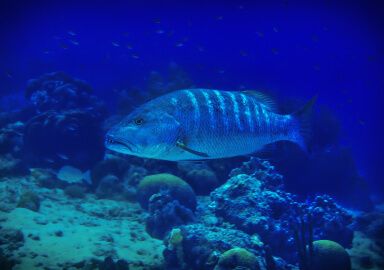 Cubera Snapper
30 offers
Cubera Snapper
30 offers
 Gray Snapper
5 offers
Gray Snapper
5 offers
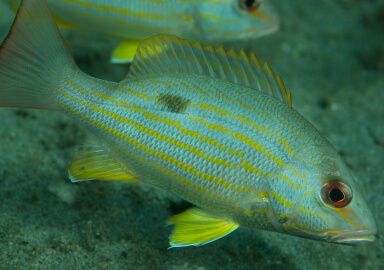 Lane Snapper
14 offers
Lane Snapper
14 offers
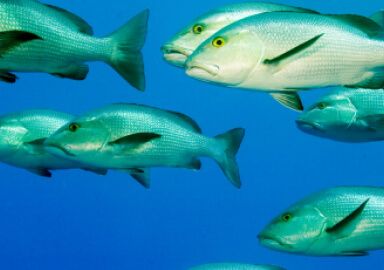 Mangrove Snapper
42 offers
Mangrove Snapper
42 offers
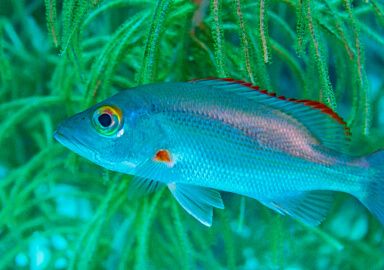 Mohogany Snapper
1 offer
Mohogany Snapper
1 offer
 Mullet Snapper
6 offers
Mullet Snapper
6 offers
 Mutton Snapper
22 offers
Mutton Snapper
22 offers
 Pink Snapper
2 offers
Pink Snapper
2 offers
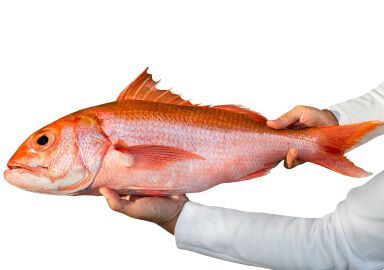 Queen Snapper
6 offers
Queen Snapper
6 offers
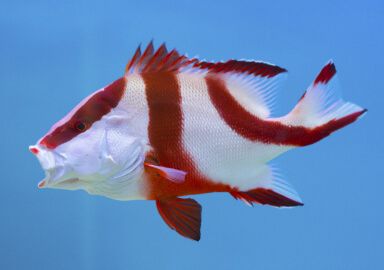 Red Emperor Snapper
7 offers
Red Emperor Snapper
7 offers
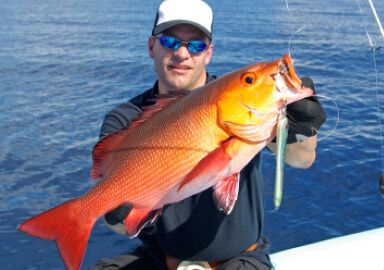 Red Snapper
99 offers
Red Snapper
99 offers
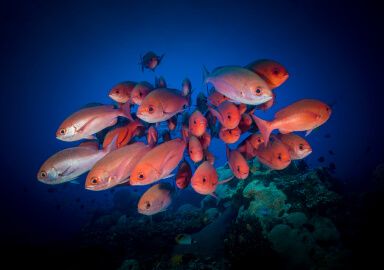 Short-Tail Red Snapper
1 offer
Short-Tail Red Snapper
1 offer
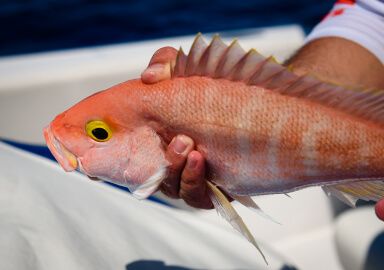 Silk Snapper
3 offers
Silk Snapper
3 offers
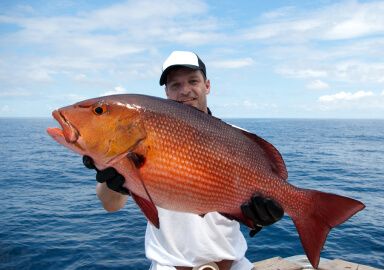 Snapper
275 offers
Snapper
275 offers
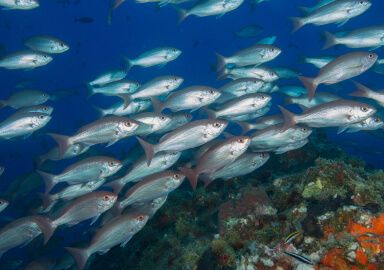 Vermilion Snapper
13 offers
Vermilion Snapper
13 offers
 Yellowtail Snapper
24 offers
Yellowtail Snapper
24 offers


